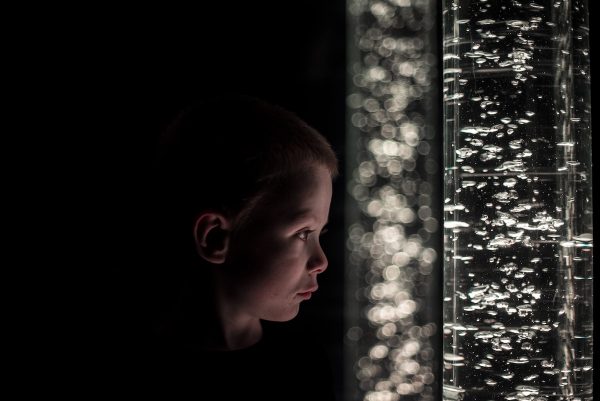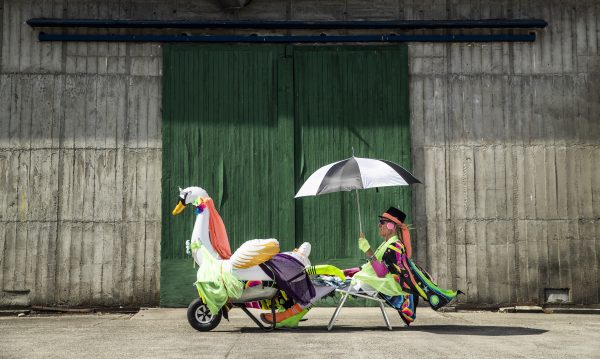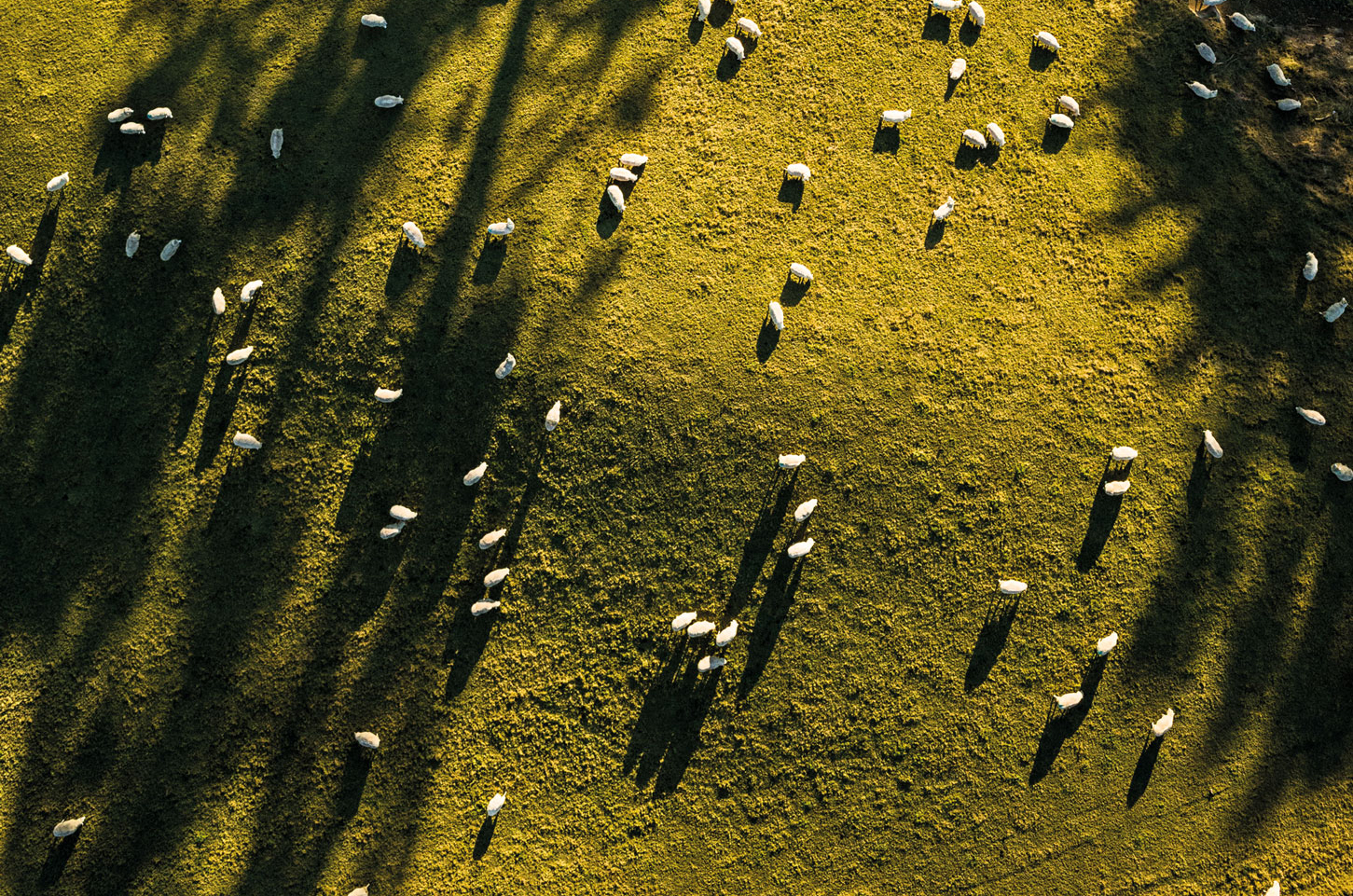
Aerial Perspectives
It’s now easier than ever for photographers to capture a bird’s eye perspective on the world using aerial technology. Early adopter and New Zealand Geographic Photographer of the Year 2015, Jason Hosking, shares his views from above.

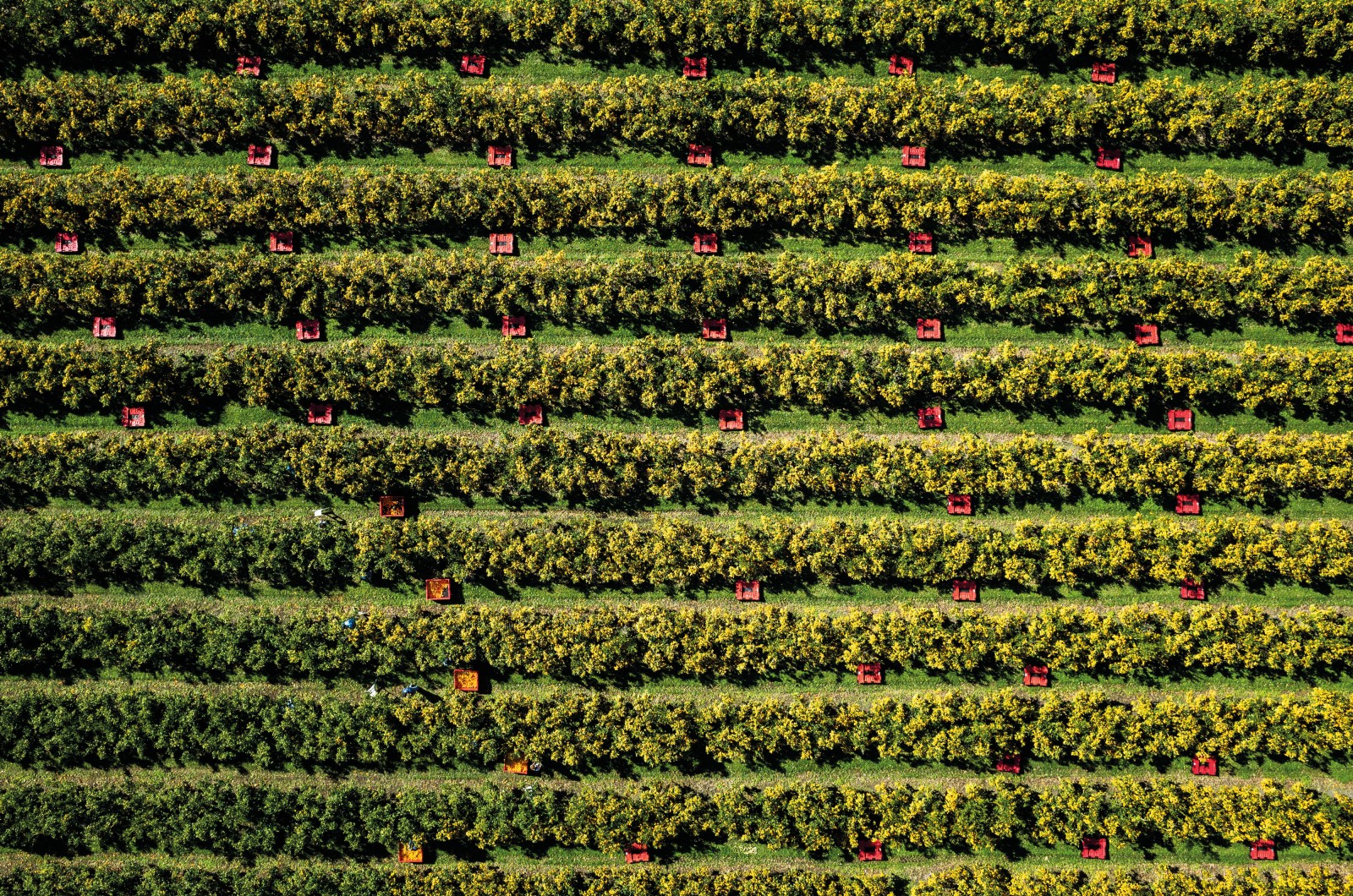

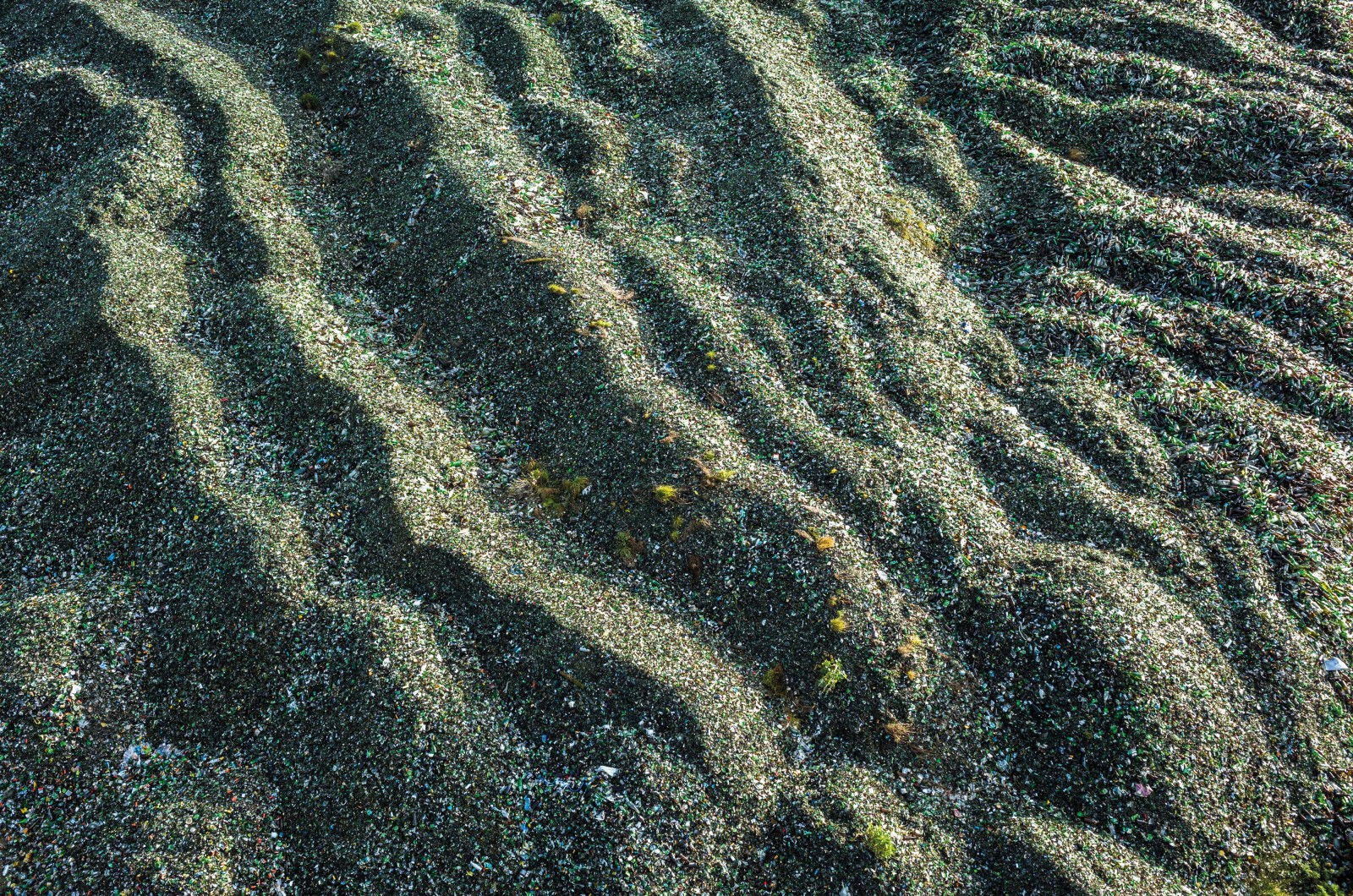
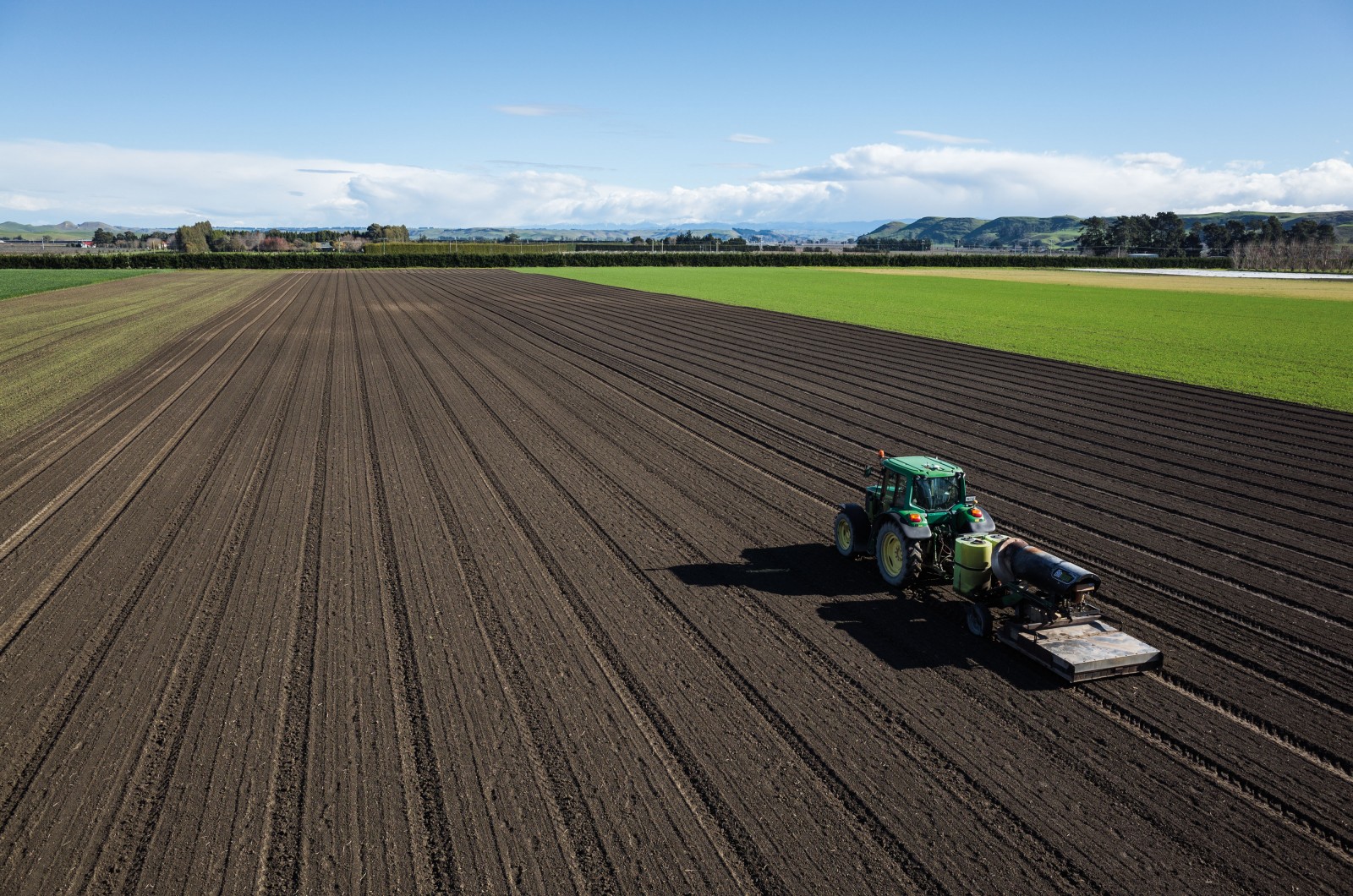
Earth Organic Farms in the Hawkes Bay, one of the largest producers of
certified organic berry fruit and vegetables in New Zealand.
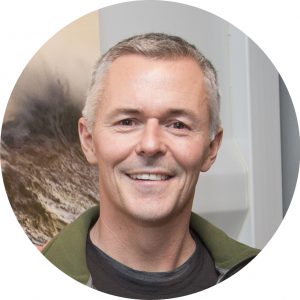
Jason Hosking, New Zealand Geographic Photographer of the Year 2015, talks with Emma Smith about his early experiments with drone and aerial photography, and his drive to share his perspective on the world around us.
How did you start using drone photography?
The view from above has always fascinated me and I’ve always been the guy who asks for the window seat whenever I travel as that perspective is so captivating to me. Looking down from above is something that I just find so interesting. Assignments that have an element of aerial work to them, where I’ve been able to fly in a helicopter or plane have always been amongst my favourites. So when drones finally reached a point where they were more affordable, I jumped at the opportunity.
What was your initial set up when you first got a drone?
It was a bit of a pieced together system. I spent weeks researching my options and did a whole lot of camera tests and ended up choosing a system that I’ve basically adapted to from an off the shelf DJI kit.
Can you describe the equipment that you’re using?
It’s a hexacopter—six arms, six propellers, and it’s just over half a metre in diameter, 600mm roughly.
To get steady shots from the air, most drones have something called a gimbal which stabilises the camera. I got myself one that would hold a small camera and figured out how to attach it to the drone. The camera and gimbal weren’t necessarily designed to run on this particular drone but the beauty of these systems is they were designed to be modified.
Up until quite recently you had to be a bit more a tech-head, to understand electronics and how to solder stuff together. If you want to get into aerial photography now, it’s pretty much ready to go. You just hand over your cash and you’re basically ready to fly. It’s pretty exciting how quickly it’s all changed.
Would you trade in the system that you’ve developed for something off the shelf?
I’d love to do that because what I have is a little bit cumbersome for my travel needs, but I’m still not sold on the quality of these ready-to-fly systems for shooting stills yet. Most of the stuff I’ve seen out there seems to do video well and just okay stills, but not really to the quality that I’m satisfied with. I’m sure that will be coming but most people flying these are probably more interested in video anyway.
How is drone photography different to shooting from a plane or helicopter?
For me it’s actually much easier shooting out of a chopper, but it’s way more expensive and it’s not always possible. I guess shooting with a drone’s not always possible either but it’s a lot more flexible. It allows you to be up in the air very quickly.
I use an external monitor, so I can see exactly what the camera is looking at, and I have a shutter release set up on my flight controller. I just trigger this when I’m happy with composition but the image can be hard to see sometimes if there is a lot of glare and reflections on the screen. For me it’s so much better shooting from a chopper because I can compose through the lens like I normally would shoot. Also when you’re shooting from a chopper you can also completely focus on your subject but when you’re shooting from a drone you’re thinking about lots of things at once: you’re flying it; you’re thinking about your battery life, how much time do you have left before you have to land; are there people around; avoiding obstacles, that kind of stuff.
Drones can sometimes not be as responsive as you’d like them to be in the moment. Have you had any experiences where the drone’s gone off on its own?
The guy that helped me build my rig originally trained as a chopper pilot, so he put the fear of god into me and encouraged me to learn to fly manually—without the GPS, without the auto controls—so I spent weeks learning to fly this way. He always said to me, “Never fly over people or near big crowds and learn to fly manually, because one day you’ll need it,” and I think that’s really good advice.
I had a shoot where I was in the South Island, flying down near Fiordland and the air temperature was very low. LiPo batteries are very temperamental—they don’t like heat and they don’t like cold—and I didn’t realise, but the flight times that I could get out a battery were a lot less than what I had calculated up here in Auckland [because of the cold]. I’d been up flying getting my shots, and as I started bringing it back it started to descend much faster than expected because the batteries had almost reached their limit, so that was a bit of an emergency landing. Fortunately that was on a huge farm so there was heaps of space around. I’ve never had ‘fly away’ though but I have had close calls with trees—these can be really hard to judge from a distance.
If you lose control of the craft, if there’s interference and you’re 100 ft. up, if your battery dies or you just lose control of it somehow, you’ve got these spinning blades and the weight of the craft coming down, the risk is you could cut somebody up pretty badly. This is something you’ve got to be really careful of.
How do you go about learning to fly it manually, if you don’t have a helicopter pilot friend?
I don’t think my friend came with me once while I was learning to fly so I had to do that hard part myself. I found a really quiet park, well away from other people and spent countless afternoons out there just getting used to turning off the auto controls and flying manually and I just spent a long time doing that. I didn’t fly with a camera either at that stage, just in case.
You can buy smaller drones in model shops that might be $100 or so, the kind that are made to fly inside. I would recommend getting something like that to practice with. And then once you’re comfortable flying something smaller, you can step it up. A lot of people just jump into the deep end though because all the GPS technology is there, but like my friend said, if something ever happens, having some manual flight skills could be the thing that saves someone from getting hit or completely loosing your investment into the ocean.
How have the new drone rules affected what you do?
They have a bit but for the most part I think they’ve been really good because essentially you now need permission from a land or property owner before you can fly over it, and I think that’s just common courtesy. For the kind of work I do this can be frustrating at times because if I’m on the road shooting an assignment and the light is really good and I haven’t had time to get permission, it might mean missed opportunities. But in terms of the bigger picture, I think it’s absolutely a good idea.
What do you think makes a good aerial photograph?
Like other forms of photography, it must have all the same ingredients that make any of these good – things like perspective, composition, great lighting, something of the unexpected.

In terms of your career more broadly, what has the most memorable moment been for you?
Probably one of my earliest most memorable moments was when I first started assisting. I was assisting a photographer Darryl Torckler in Tonga, up in Vava’u. He was photographing humpback whales and I got a chance to jump in the water with them. It was just unbelievable. There was a big male floating about 40ft directly below me singing and the sound of his song reverberated through my entire body. Not just my ears, I could feel it in my bones. And the water was so clear, you could look down at them underneath you like the water wasn’t even there. A mother and calf came up really close and spent a bit of time checking me out. It’s probably one of the most amazing wildlife moments I’ve ever had I think.
What do you wish you’d known when you first started out?
I remember before I went to university asking around a few photographers, and one guy I talked to, told me that on average, only three per cent of students nation wide actually go on to make careers out of being a photographer, which actually made me more determined to try and make it. But I never really knew how hard it was going to be. The amount of time and energy and passion getting some of these shots takes—you have to sacrifice so much. It’s an incredibly hard industry to make it in and it can be pretty bloody tough.
Who are your favourite photographers?
I would say Sebastião Salgado—his work is amazing and he produces the most beautiful black and white images. He does a little bit of wildlife stuff, but he’s better known for his social documentary work. There was a film about him at the NZ International Film Festival a couple of years ago called Salt of the Earth, which was really fantastic. Nick Brandt is another guy whose work I love. His black and white African wildlife is just incredible—really dramatic, great compositions and beautiful tones. And then Tim Flach. A lot of his work is very quirky and graphic in nature which really appeals to me. The way he uses light, the interesting perspectives that make you look twice and the way he composes and leads your eye through an image is pretty cool I think.
Are there other places you draw inspiration from outside of photography? What else feeds into your work?
I’m very interested in sustainability and the health of the planet because that relates back to what I love, which is nature. Nature and wildlife is something I’m deeply, personally connected to—the way we live our lives, the way we grow our food, the big picture of life—really, everything is connected.
Jacques Cousteau has a famous quote that says, “people protect what they love”. It’s so true when you think about this. Whether you love cats, your car, your children, or your X-Box, whatever it is you love the most, you’ll protect it. And for me that’s nature, so it’s really hard to understand why people want to keep drilling for more oil, chop down rainforests, overfish the seas or keep pumping more CO2 into the atmosphere—doing all this other crap that’s destroying our home. I just don’t get it. But then when I think about that quote, maybe it’s that they just love money or something else more?
I definitely have strong feelings about all this but I never want to force anyone to feel the way I do. If I can show people something of the beauty and fragility that I see in nature, things they have never seen, understood or appreciated and this helps bring about a change of heart and a move toward a more sustainable direction, that would make me feel really good.











